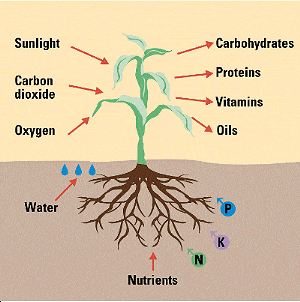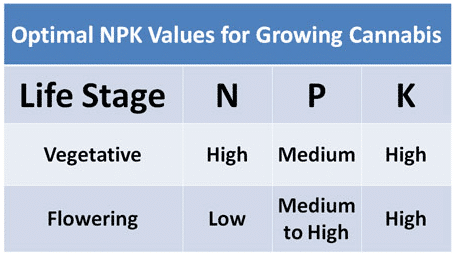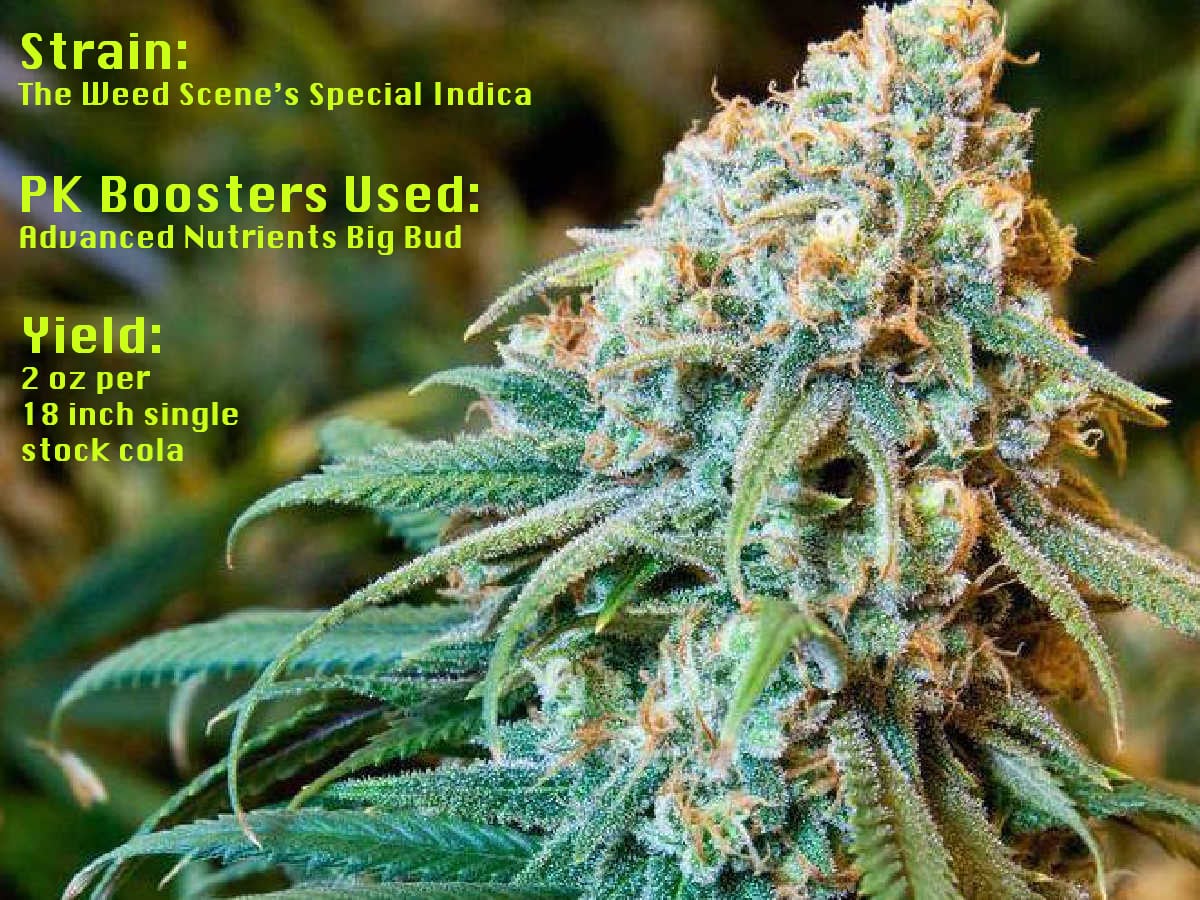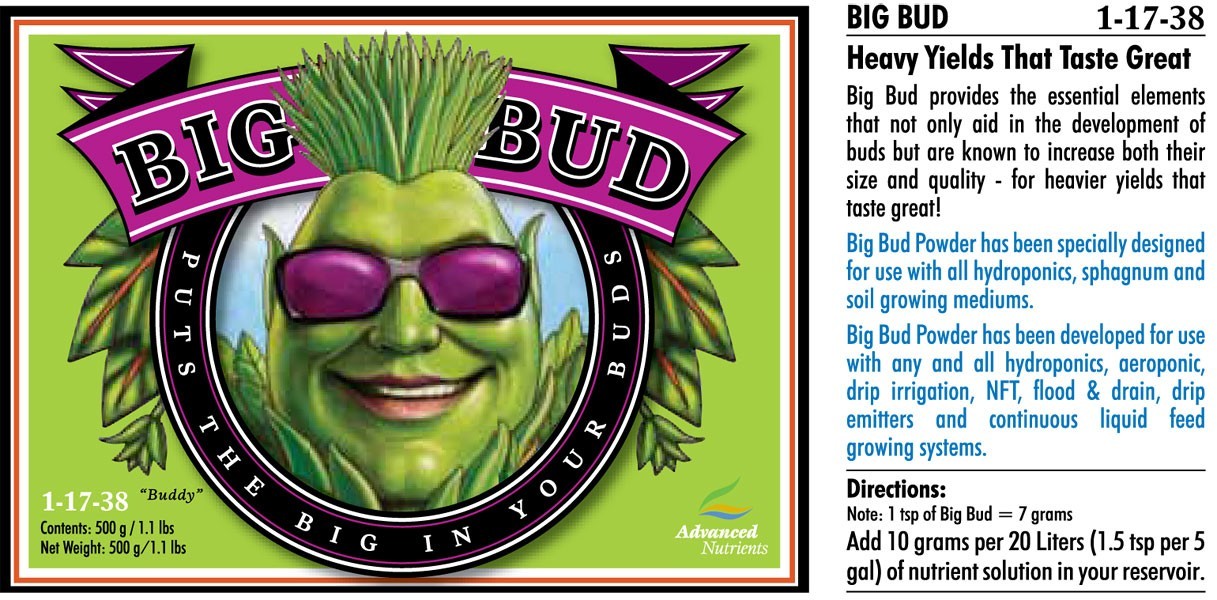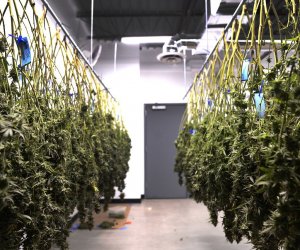Finding the best grow nutrients for your cannabis plants can be time consuming and very expensive if you don’t know what nutrients cannabis needs to grow, when to feed the plants & how much nutrients you need to give them. There are so many companies specializing in cannabis growing chemicals, the options are almost endless anymore. Most of the companies selling nutrients to grow weed will have 2 separate product lines, 1 for organic growing & the other for hydroponic growing.
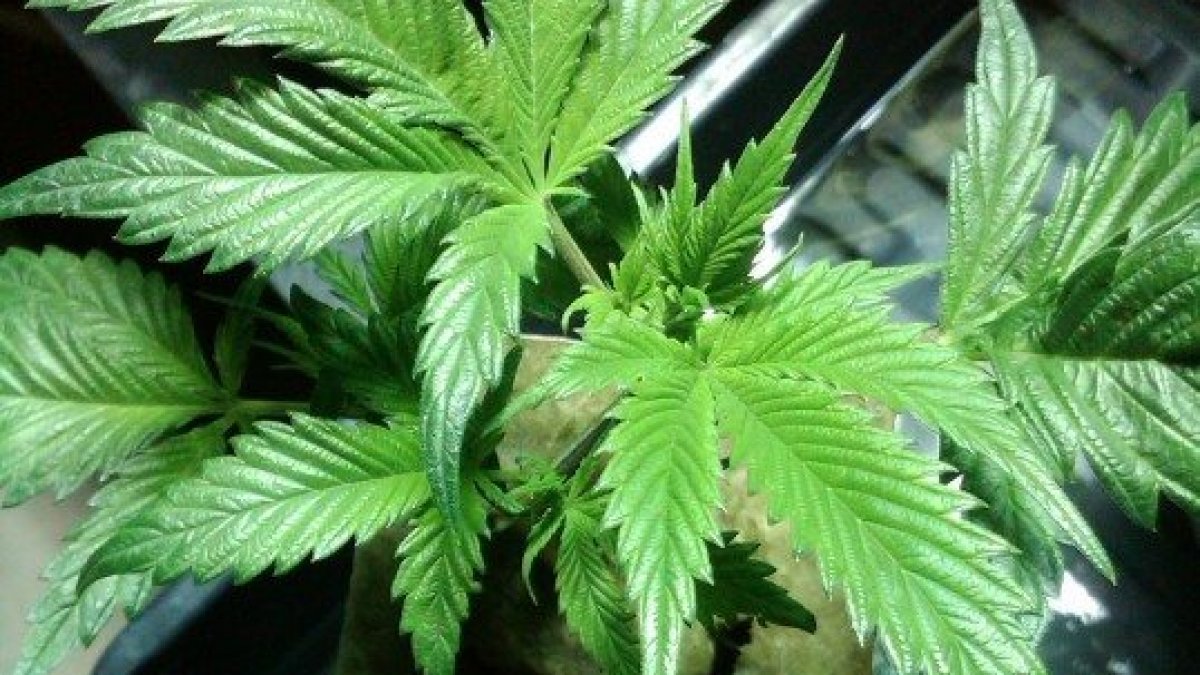
What Nutrients does a Cannabis Plant Need to Grow?
Knowing what elements cannabis plants need to survive is the 1st step in choosing the right nutrients for your plants.
Your cannabis plant needs a main group of elements that are collectively referred to as macronutrients. Here’s a breakdown of the mineral and non-mineral elements you need to feed your plant.
Mineral nutrients obtained from the soil:
Nitrogen (N)
Phosphorus (P)
Potassium (K)
Calcium
Magnesium
Sulfur
Non-mineral elements derived from air and water:
Carbon
Hydrogen
Oxygen
The three numbers shown on the front of fertilizer bags, nutrient solution bottles, or other additives indicate how much of the three main elements (nitrogen, phosphorus, and potassium) is available in the product. For example, a product that says “10-4-4” will contain 10% available nitrogen, 4% phosphorus, and 4% potassium by weight. These are always listed in the order of N-P-K.
All other mineral nutrients are grouped into the category of micronutrients, as they are used in much lower quantities. This group consists of the following elements:
Zinc
Iron
Manganese
Molybdenum
Chlorine
Cobalt
Silicon
Boron
Copper
While cannabis plants require very low concentrations of these elements to thrive, they are still vital to the overall health and growth of the plant.
Next, we’ll examine the main types of nutrients used by cannabis growers today as well as their proper application. Before you start growing, however, we highly recommend learning about the basic mechanisms through which plants absorb water and nutrients, osmosis and active transport.
Hydroponic (soilless) Cannabis Grow Nutrients
Hydroponic growing is simply the practice of growing plants without soil, usually with some other sort of substrate like rockwool, clay pebbles, coco coir, or some sort of mix. Many of the premium “potting soils” marketed for growing cannabis are actually soilless blends. Most indoor cannabis growers are growing hydroponically, even if they’re using buckets of “potting soil” and hand watering each plant.
For this reason, the vast majority of the grow nutrients sold specifically for cannabis cultivation are hydroponic nutrients. These products are comprised of concentrated mineral salts, usually in liquid form but sometimes as powders, that are to be diluted in water to a level that is suitable for the plant. Nutrients must be water soluble in order for the plant to absorb them. Liquid products are sold in two parts (usually labeled “part A” and “part B”) because they contain elements that will precipitate out of the solution if mixed together at a high concentration, making them unavailable. Combined in the correct volume of water, this is not an issue.
Products are also divided between “Grow” solutions, high in nitrogen needed for vegetative growth, and “Bloom,” high in phosphorus for flower development, because the cannabis plant has different nutritional needs during different stages of growth.
Great care should be taken when applying hydroponic nutrients, as overfeeding can lead to plant damage and even death. A general rule of thumb is to start at about 25% of the level recommended on the product label and gradually work up to full strength. Hydroponic nutrients are often used by soil growers with good results, but this technique is not recommended for the beginner.
Organic Grow Nutrients for Cannabis grown in soil
What sets soil apart from hydroponic media is the presence of non-inert organic matter like humus, compost, manure, and worm castings that contain many macro and micronutrients. Much of the nutritional value in these substances is locked up in non-soluble form, however, and must be processed by soil-dwelling microbes and fungi in order to be of use to the plant. Non-organic nutrients designed for soil growing are less common at the grow shop because they can quickly build up in the soil, harming the soil life as well as preventing the uptake of water and grow nutrients by the root system.
Organic fertilizers and nutrients for cannabis are far more forgiving; they usually contain less immediately soluble nutrients and more elements that are beneficial to soil organisms. The first-time grower who decides to use soil as their medium would be well advised to stick to organic fertilizers and nutrients. The least expensive way to do this is to use things like blood meal and fish meal for nitrogen, bone meal and bat guano for phosphorus, wood ash and kelp meal for potassium, dolomite lime for calcium and magnesium, and epsom salts as a source of magnesium and sulfur. Most of these items can be purchased cheaply at your local home and garden center and then mixed in small amounts into the soil before potting. Done correctly, you’ll only need to water your plants and occasionally add carbohydrates to feed the soil life. There are also commercially available soil blends that already contain the proper mix of these types of ingredients.
Alternately, there are pre-mixed organic nutrient solutions you can buy that take the guesswork out of feeding your plants. These tend to be expensive, but the benefit is that you can simply follow the manufacturer’s feeding schedule and get good results. The key to successful organic growing is cultivating a diverse and healthy population of soil microbes and mycorrhizae in the soil. Many premium soil blends come pre-inoculated with these organisms, and there are many (often expensive) additive products available that add additional life to your medium. However, the best (and cheapest) method of inoculating your soil is through actively aerated compost tea (AACT), something you can make yourself with just a few inexpensive items. By using this technique, you may find that you don’t need to add very much in the way of nutrients or fertilizers; the soil life will process the organic matter in the soil into nutrition the plant can readily absorb.
There are many ways to grow cannabis, and each has its benefits and drawbacks. Organic soil is more forgiving of mistakes and less than ideal conditions, but often produce smaller yields and slower growth. Hydroponics and synthetic grow nutrients can offer bigger yields and quicker flowering times, but require a great deal of attention and knowledge to be successful. The best advice for the beginning grower when selecting nutrients and fertilizers is to make sure you’re using products that are compatible with your technique and medium, as well as with each other. Doing a little research before your first grow can prevent wasted money spent on unnecessary products.

